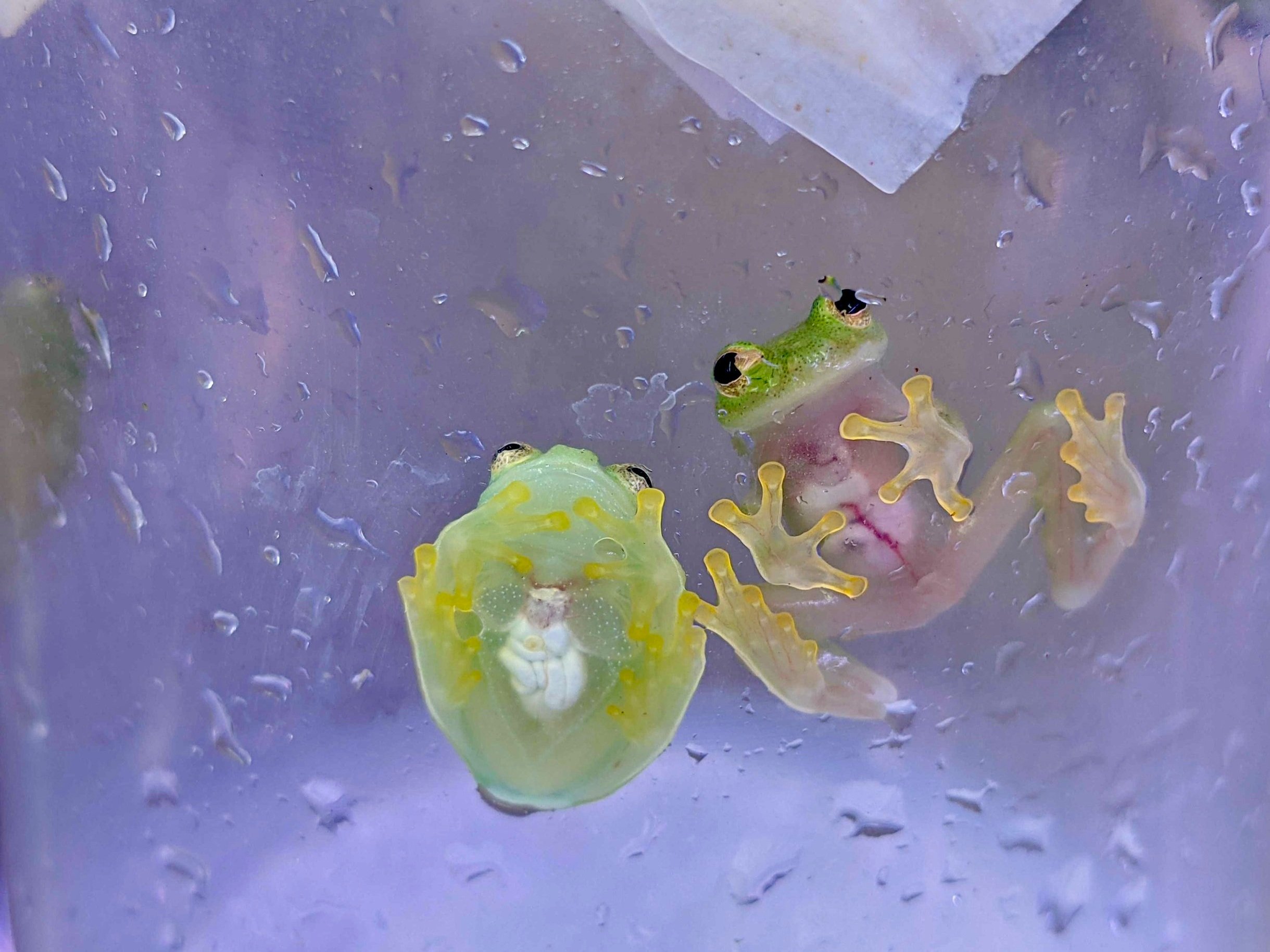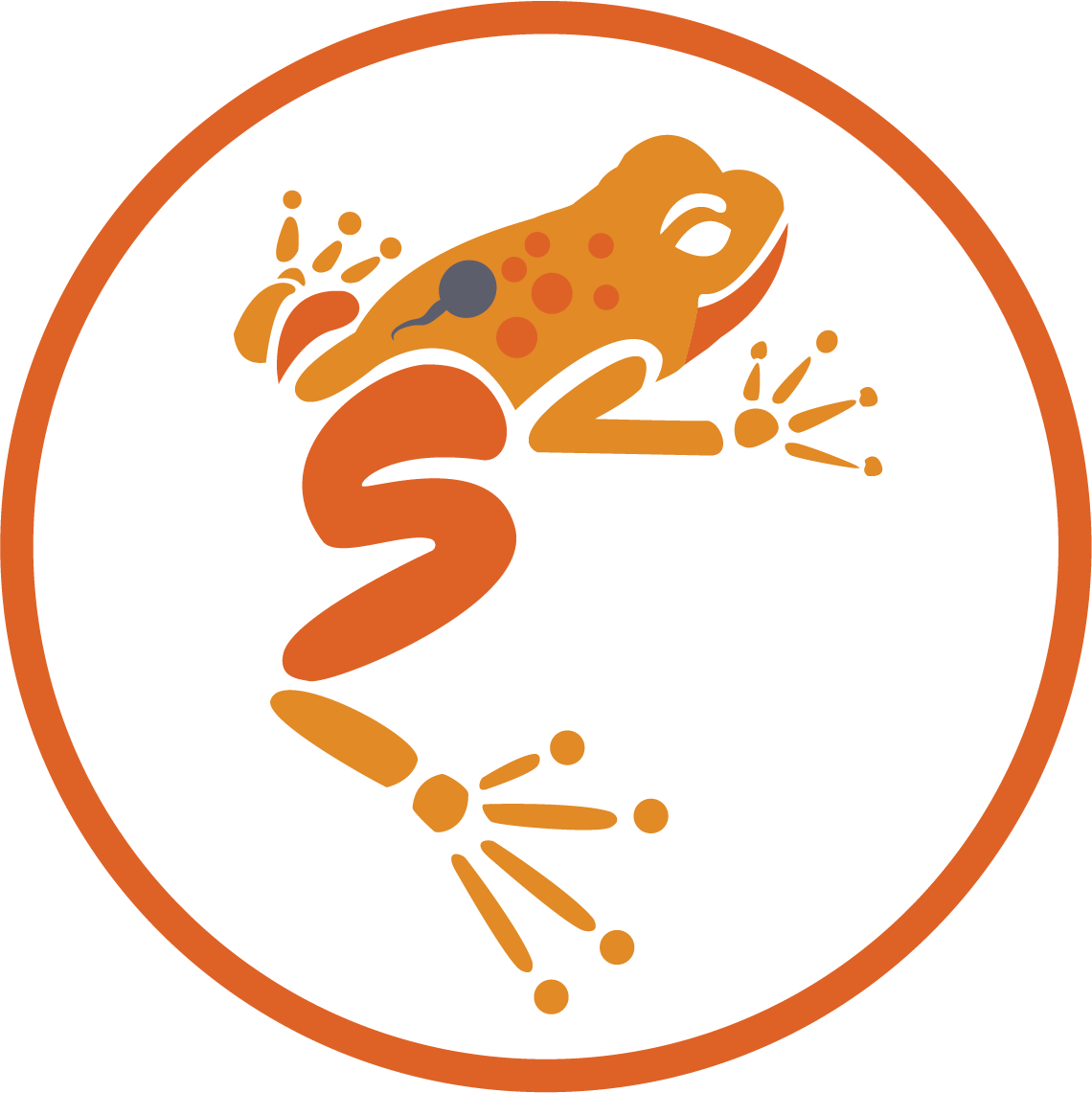
integrative approaches
to brains and behavior
A central goal of integrative biology is to understand how genetic and environmental influences interact to produce well adapted phenotypes, yet our understanding of how underlying mechanisms bias evolutionary outcomes remains limited. Understanding patterns of mechanistic flexibility and constraint is particularly challenging for behavior, as the brain is a complex, hierarchically organized organ where constant integration of internal and external cues across levels is required to produce context-appropriate behavior. Not to mention this integration must occur across timescales, from minutes to months, to years. The goal of our research is to explore underlying mechanisms to understand how behaviors are generated, maintained, and modified by evolution. We believe that fundamental principles governing brains and behavior are most apparent in evolutionary and developmental contexts, and we therefore leverage natural behavioral diversity with technological advances that allow cutting edge work outside of traditional model systems. Specifically, we capitalize on the morphological, physiological, and behavioral diversity (and charisma!) of frogs to understand mechanisms of behavior and its evolution.
who cares? evolution and plasticity in parental care
Parental care has independently evolved and diversified (including male-only, female-only, and biparental care), more frequently among anurans (frogs and toads) than any other tetrapod group. This diversity allows us to distinguish shared, core mechanisms from sex- and species- specific variation. Male uniparental care, in particular, provides a critical comparison to mechanistic research in mammals which is heavily female biased due to offspring dependence on mothers for milk. The goal of this research area is to understand how interactions across levels of biological organization drive similarities, differences, and occasional reversals in behavior between sexes. We take advantage of variation in care strategy between species and behavioral flexibility within species of poison frogs to address these questions.
to care or to cannibalize? intersections of feeding and social behavior
Trade-offs between energy acquisition and expenditure explain many aspects of animal social behavior. At a behavioral level, as individuals must constantly balance increasing their energy reserves through feeding/foraging and expending those reserves on interactions with other individuals. More surprisingly, links between feeding/foraging and social behavior are also evident at neural and molecular levels: molecules commonly associated with feeding are widely expressed in brain regions controlling social behavior and change in expression as animals transition from solitary to social or parental. From these observations, we proposed that the modification of feeding circuits represents ‘variations on a theme’ in the evolution of social behavior. We are testing this hypothesis by leveraging the unique biology of and rich research history of common coquí frogs (Eleutherodactylus coqui).
tadpoles!
Anuran larvae (tadpoles) exhibit remarkable diversity in morphology and behavior, and are particularly tractable for study thanks to large, externally developing embryos that allow for easy manipulation and visualization throughout development. We have a number of tadpole-focused projects in the lab, including understanding how tadpoles respond to biotic and abiotic environmental challenges, development and neural mechanisms of (individual variation) in behavior, and exploring evolutionary connections between parent and offspring behavior.
and more …
It’s hard to succinctly summarize all the work going on in the lab. Unified by our adoration of frogs, we have a range of other projects exploring invasive behavior in coqui, toe tapping in poison frogs, vocal communication between parent frogs and, and, and. Check out our recent publications and/or get in touch to learn more.




